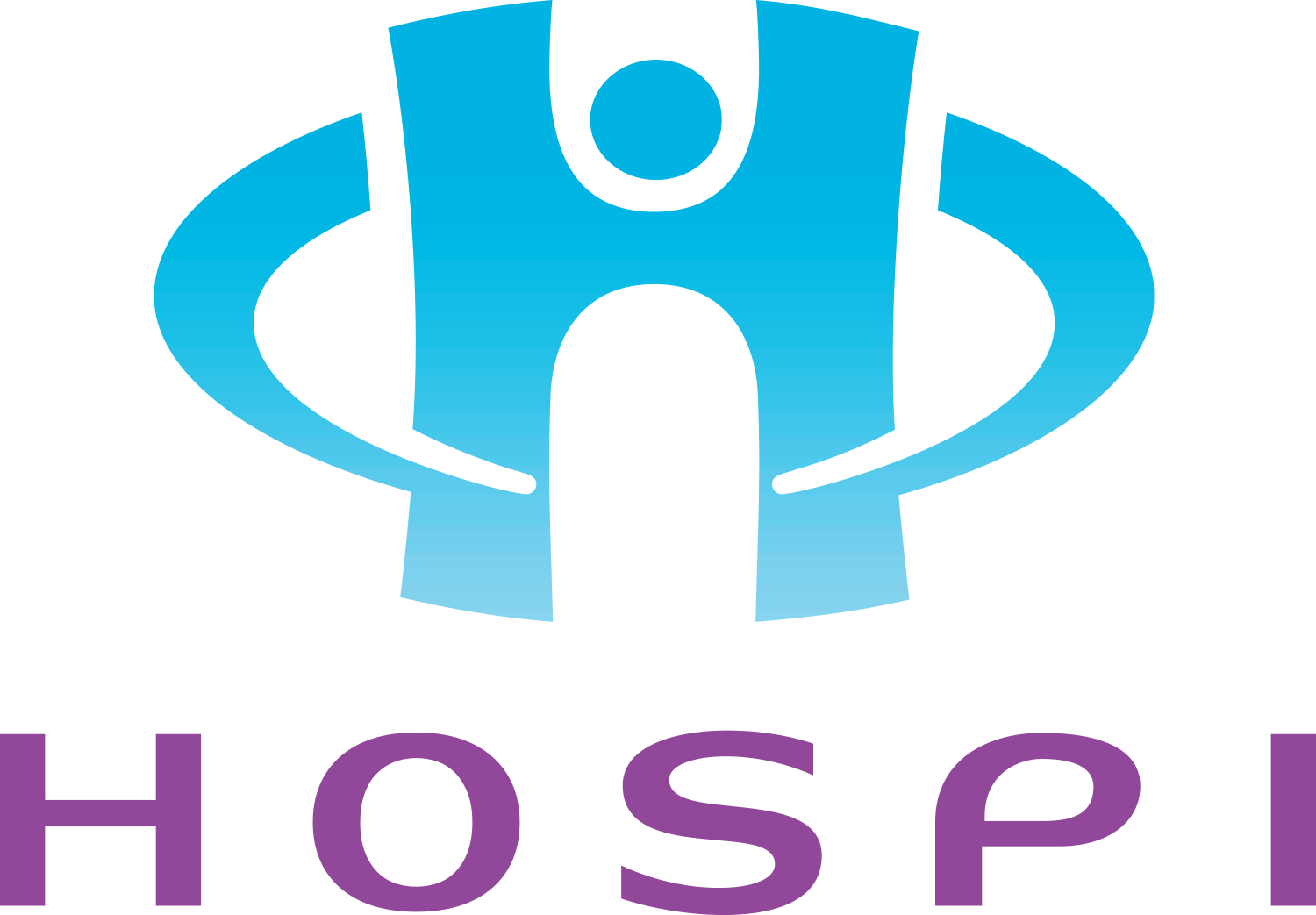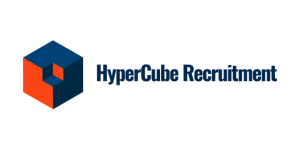WHITE PAPER
Intelligent Solutions for the Multi-Faceted Retention Problem

Discover the impacts of understaffing, clinician burnout, and the strain of increasing leave as the aging population continues to grow exponentially.
These alarming statistics underscore the immediate need for transformative strategies to address burnout and care outcomes; discover how leading companies like MHA, Levo, HyperCube Recruitment, nVoq, and Hospi Corporation are addressing critical employee retention challenges, enhancing operational efficiency, and ensuring high-quality patient care.
Key Takeaways:
- Urgent Need for Retention Solutions
- Impact of High Turnover
- Role of Technology and Innovation
- Comprehensive Approach
- Future Directions
Sign up to download this free white paper and learn about the critical need for comprehensive and innovative approaches to retention in the post-acute care sector. This document emphasizes the role of technology and strategic planning in fostering a stable and effective healthcare workforce.
FEATURING SOLUTIONS FROM:



ABSTRACT
The post-acute care industry is grappling with a critical retention crisis exacerbated by the aftermath of the pandemic. This white paper, titled "Intelligent Solutions for the Multi-Faceted Retention Problem in Post-Acute Care," provides a comprehensive analysis of the challenges and innovative solutions addressing employee retention in post-acute care settings.
A survey from the American Health Care Association reveals that 61% of post-acute care agencies have restricted admissions, and 73% fear potential closures due to staffing shortages, a trend that persists from the pandemic era. The National Council of State Boards of Nursing anticipates a further exodus of 800,000 nurses by 2027. These statistics underscore the urgency of addressing retention, as inadequate staffing impacts both organizational viability and patient care quality. While increased pay has shown promise in reducing turnover, it is insufficient alone, as burnout is driven by deeper issues such as excessive workloads, administrative burdens, and lack of organizational support.
The white paper outlines key companies and technologies poised to address these challenges. Maxwell Healthcare Associates (MHA) offers strategic planning and tech-enabled solutions to enhance operational efficiency. Levo's data-driven platform focuses on improving employee engagement and satisfaction through real-time feedback. HyperCube Recruitment streamlines hiring with a focus on long-term retention, while nVoq’s speech recognition solutions reduce documentation time, and Hospi Corporation’s Macy Catheter® improves patient care and clinician job satisfaction.
By integrating these solutions, agencies can better address the underlying causes of burnout, ensuring a more stable workforce and improved patient outcomes. This comprehensive approach aims to fortify the post-acute care sector, ensuring its resilience and capability to meet the needs of an aging population.
.png?width=250&height=193&name=MHA_Logo%202022%20RGB-1T%20(1).png)